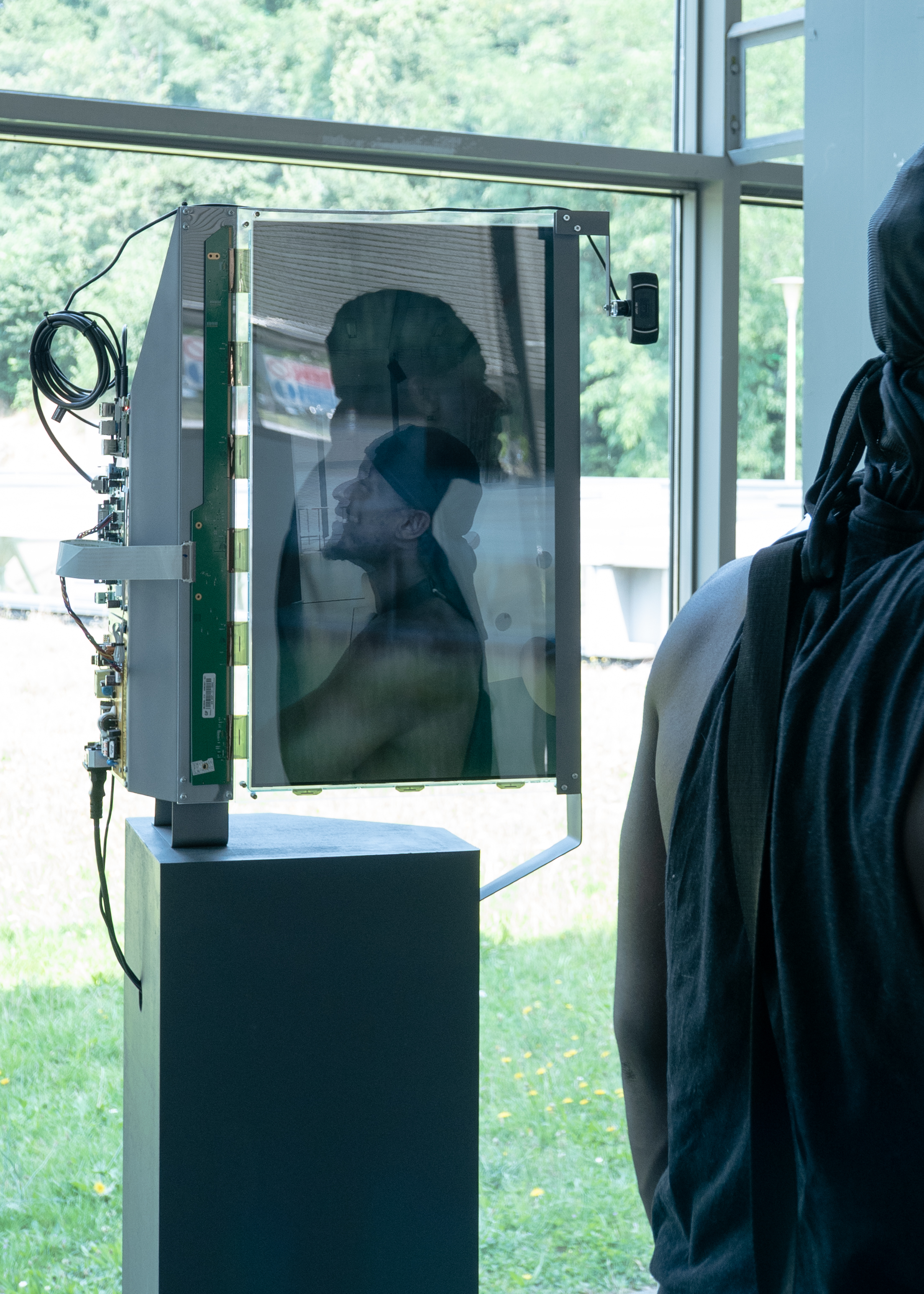
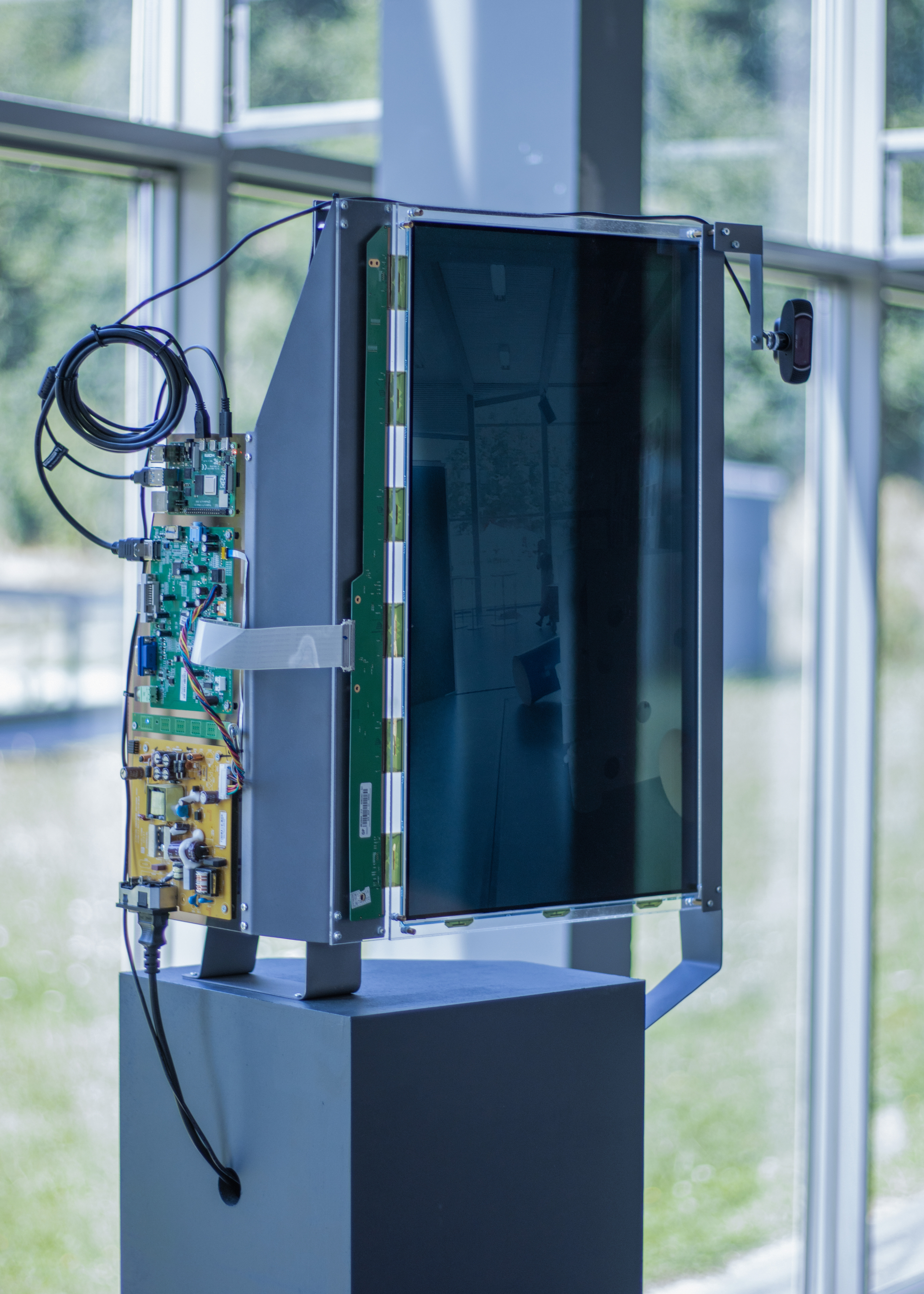
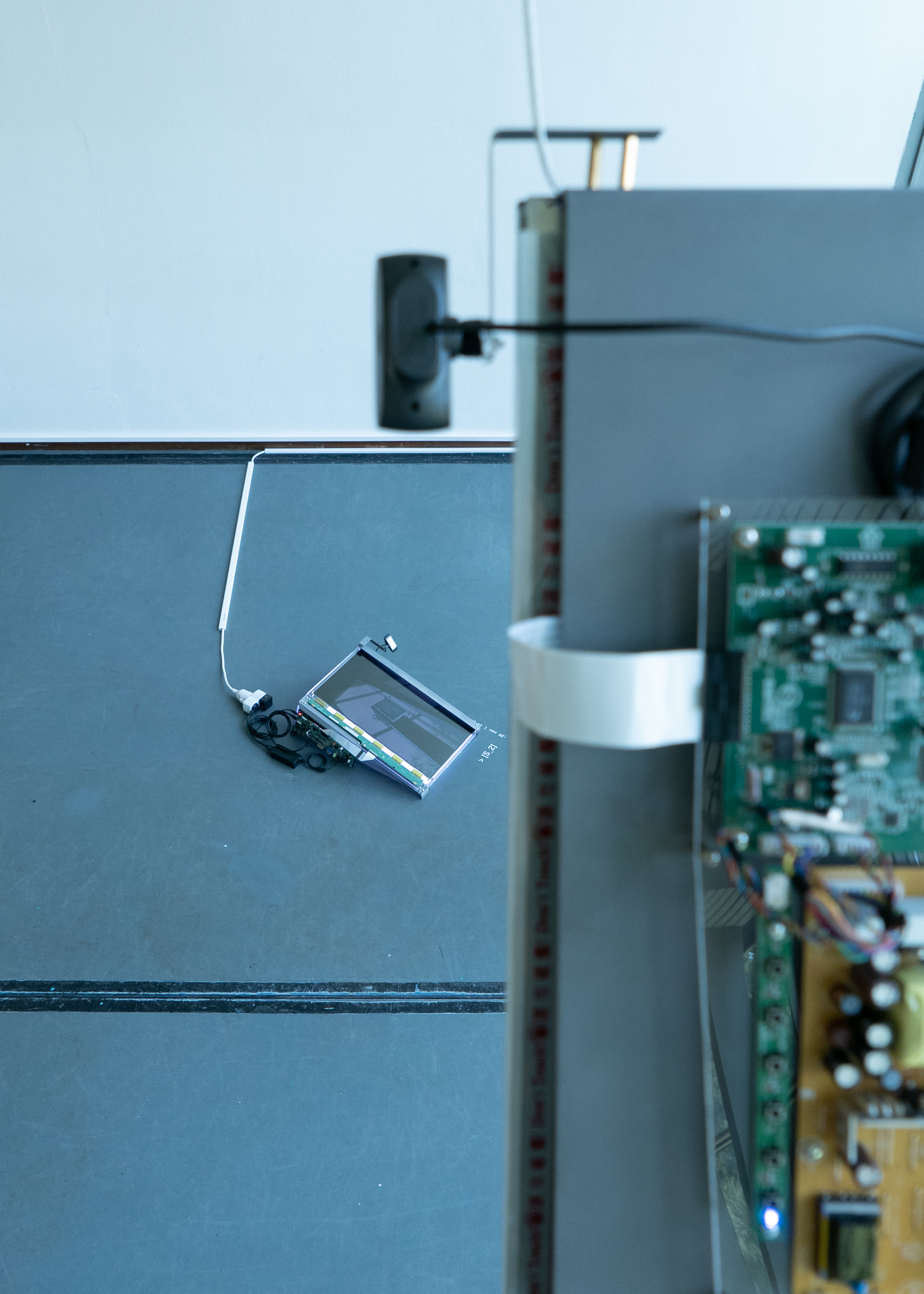
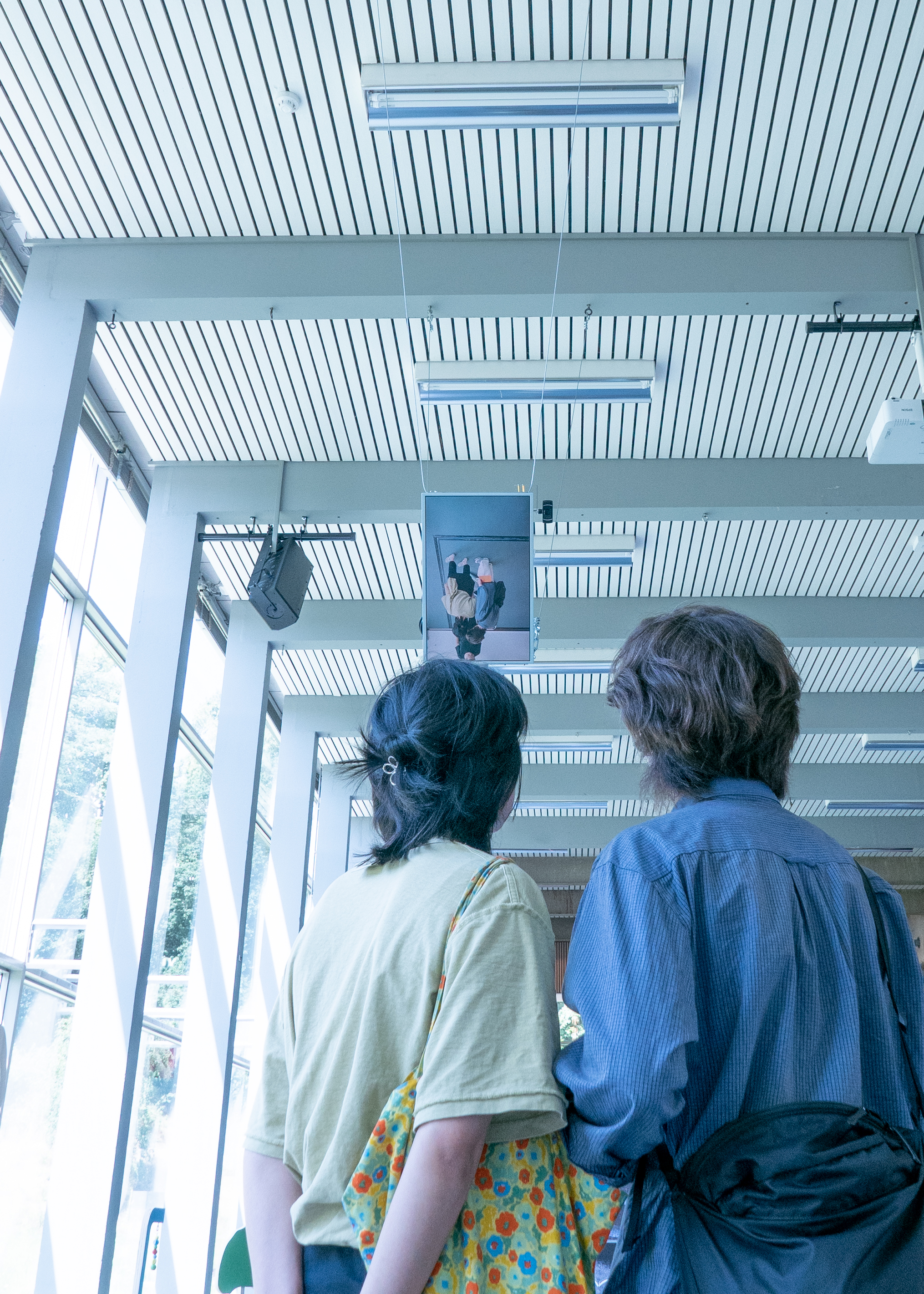
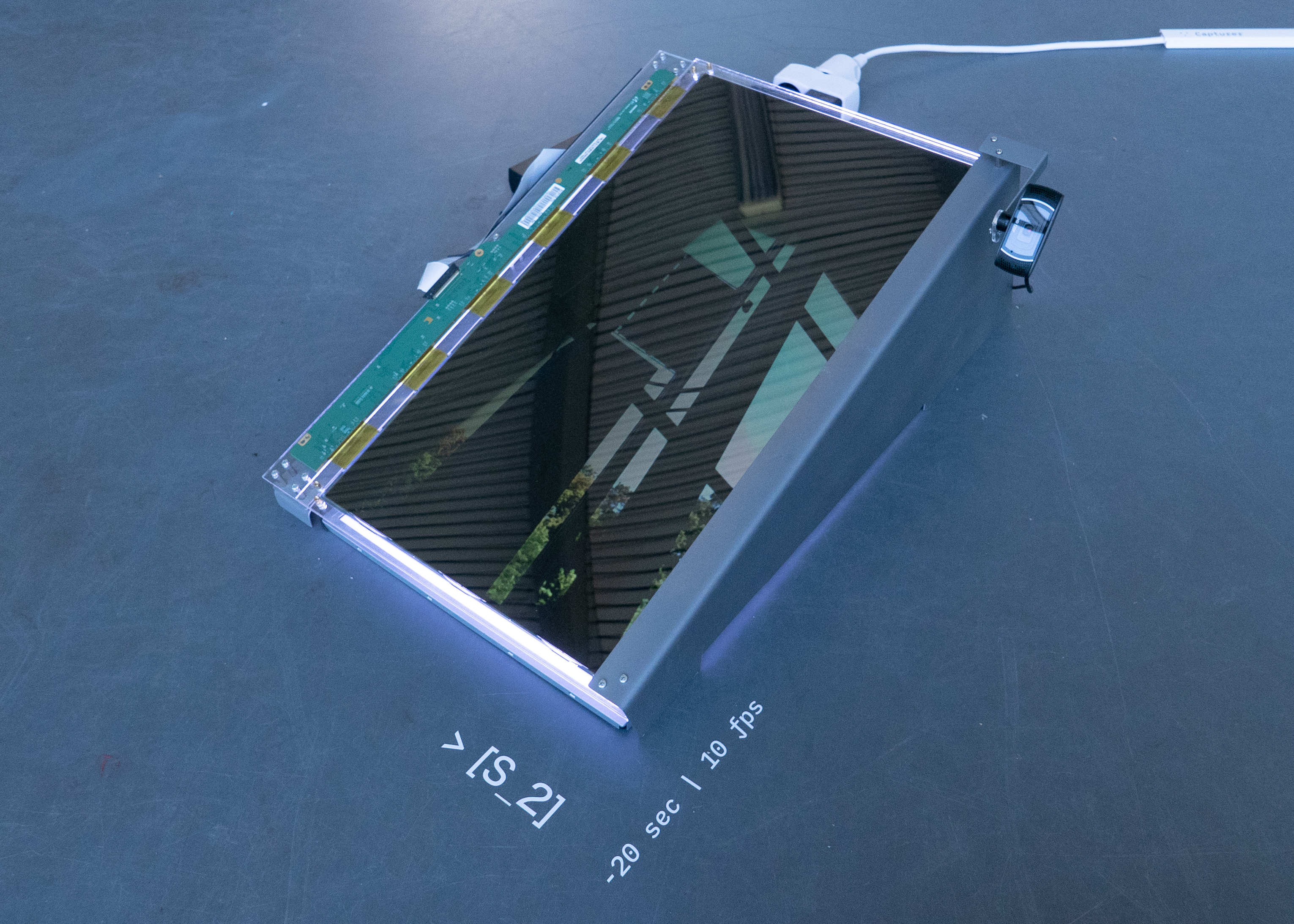
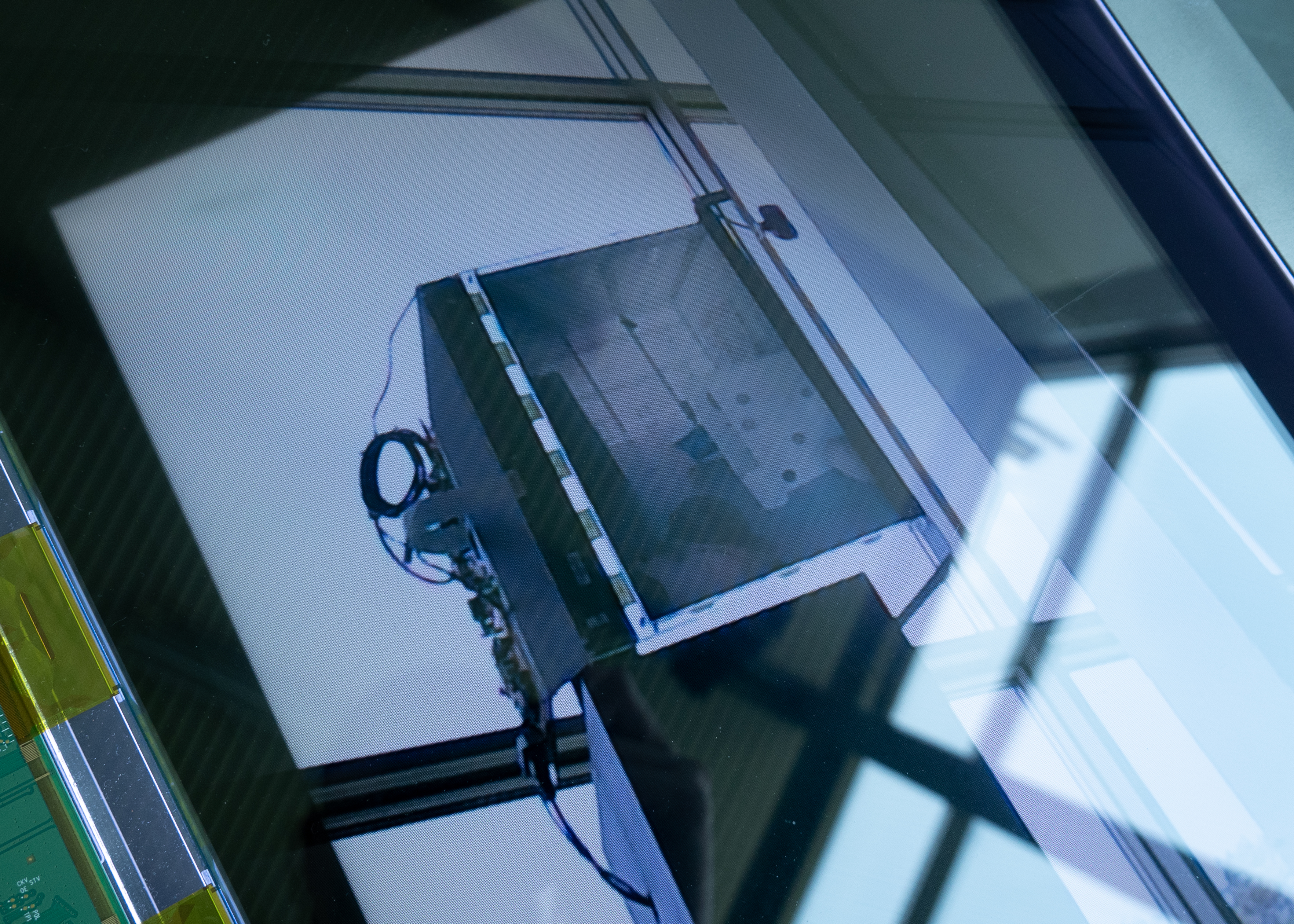
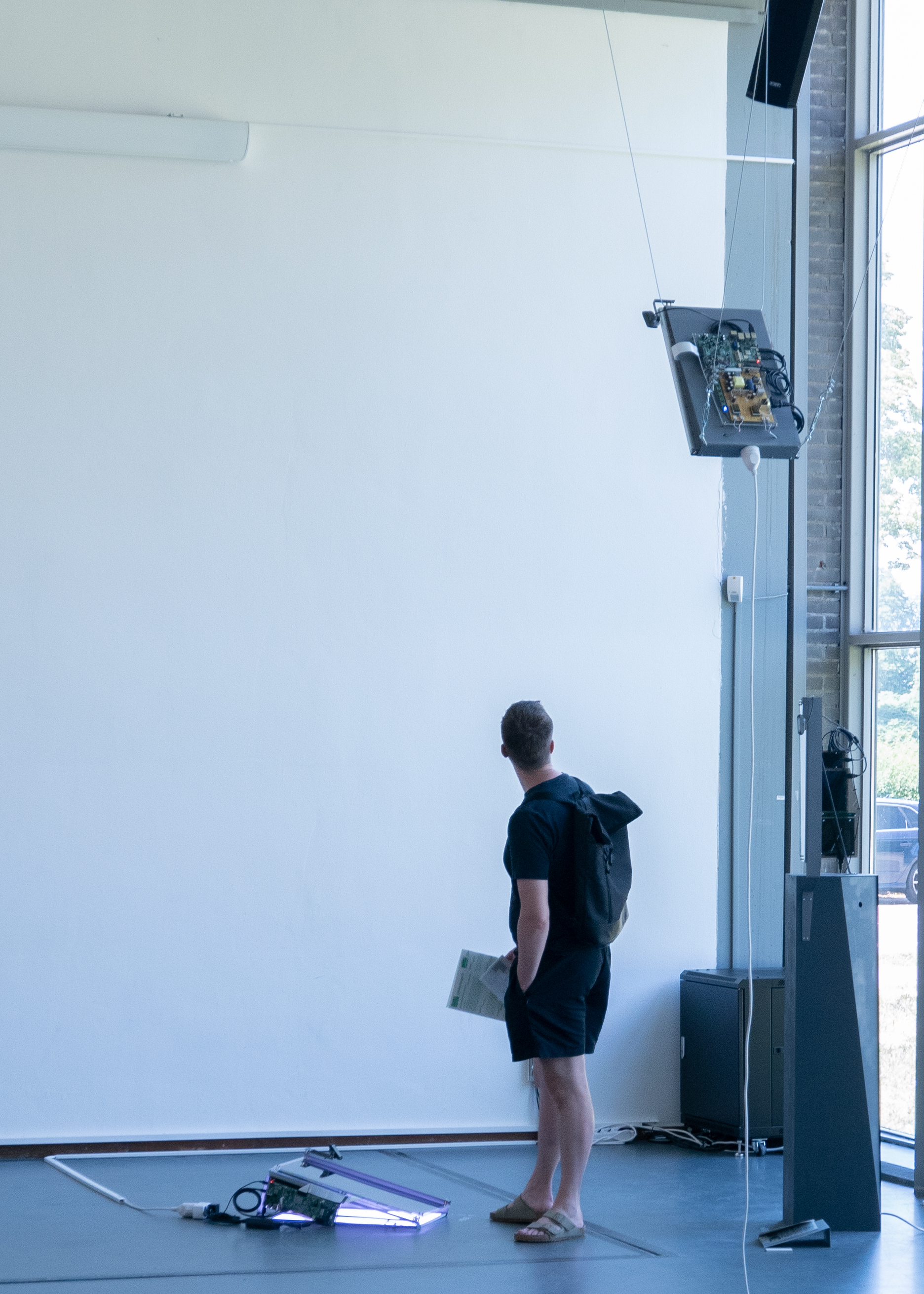
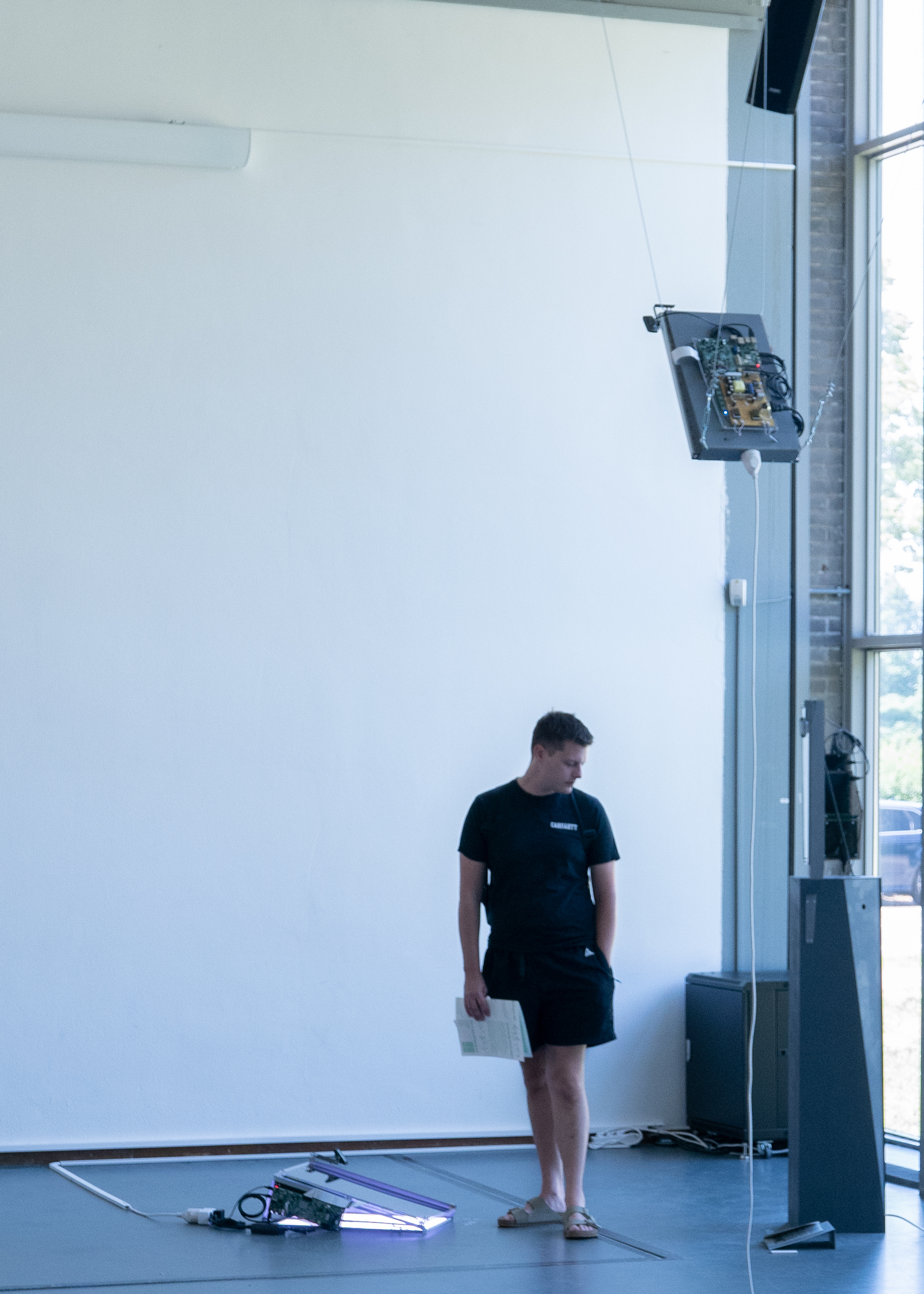
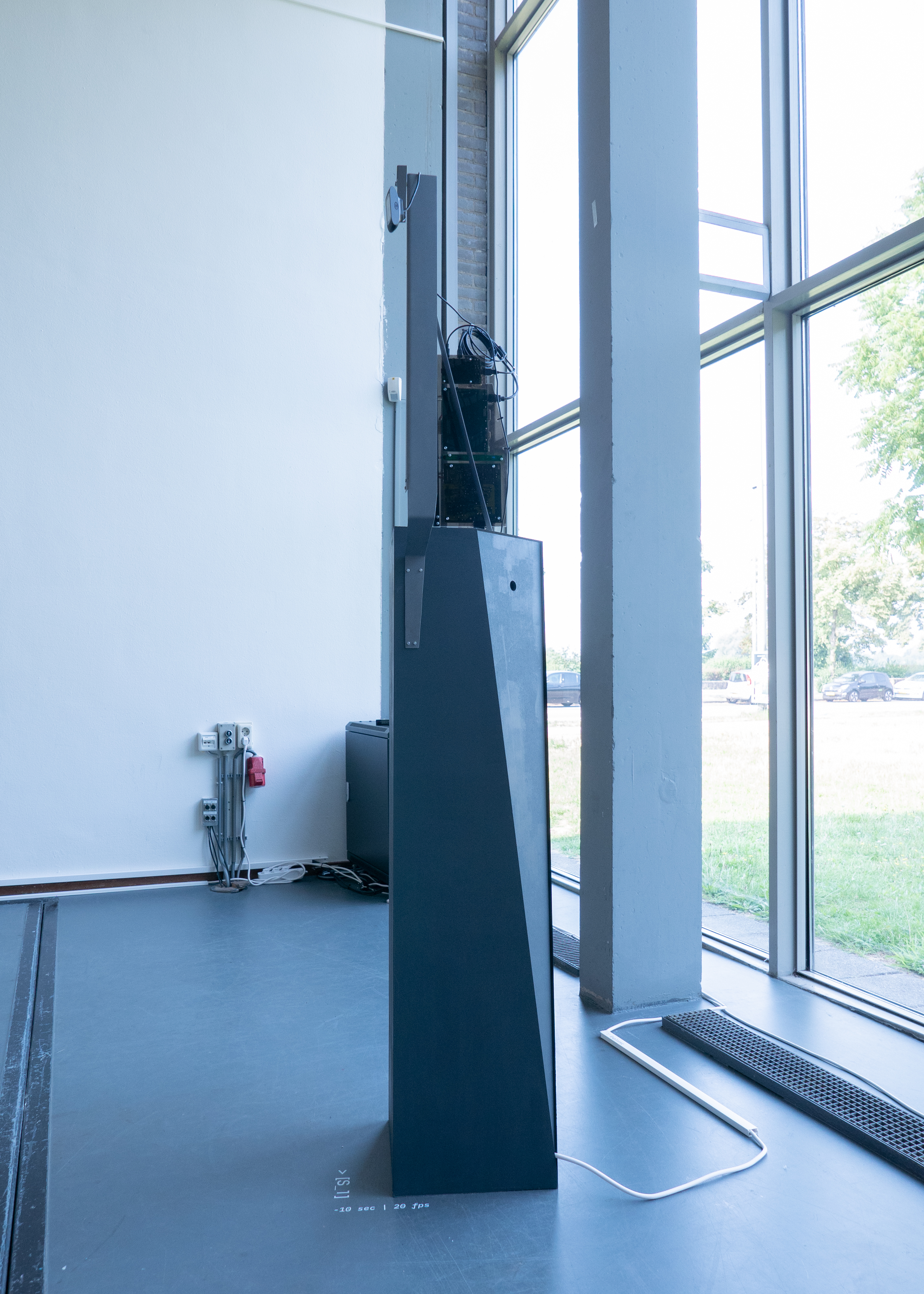
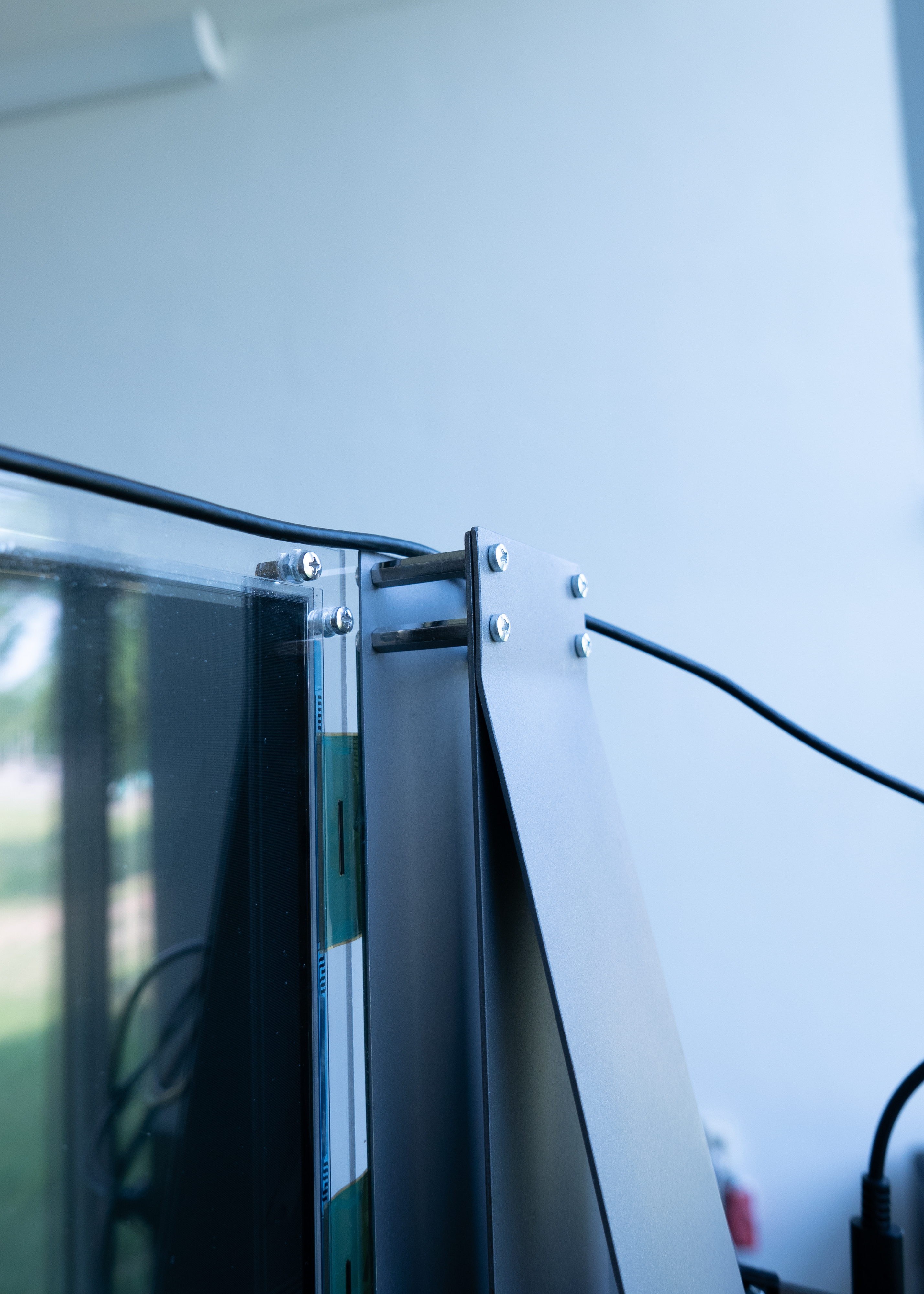
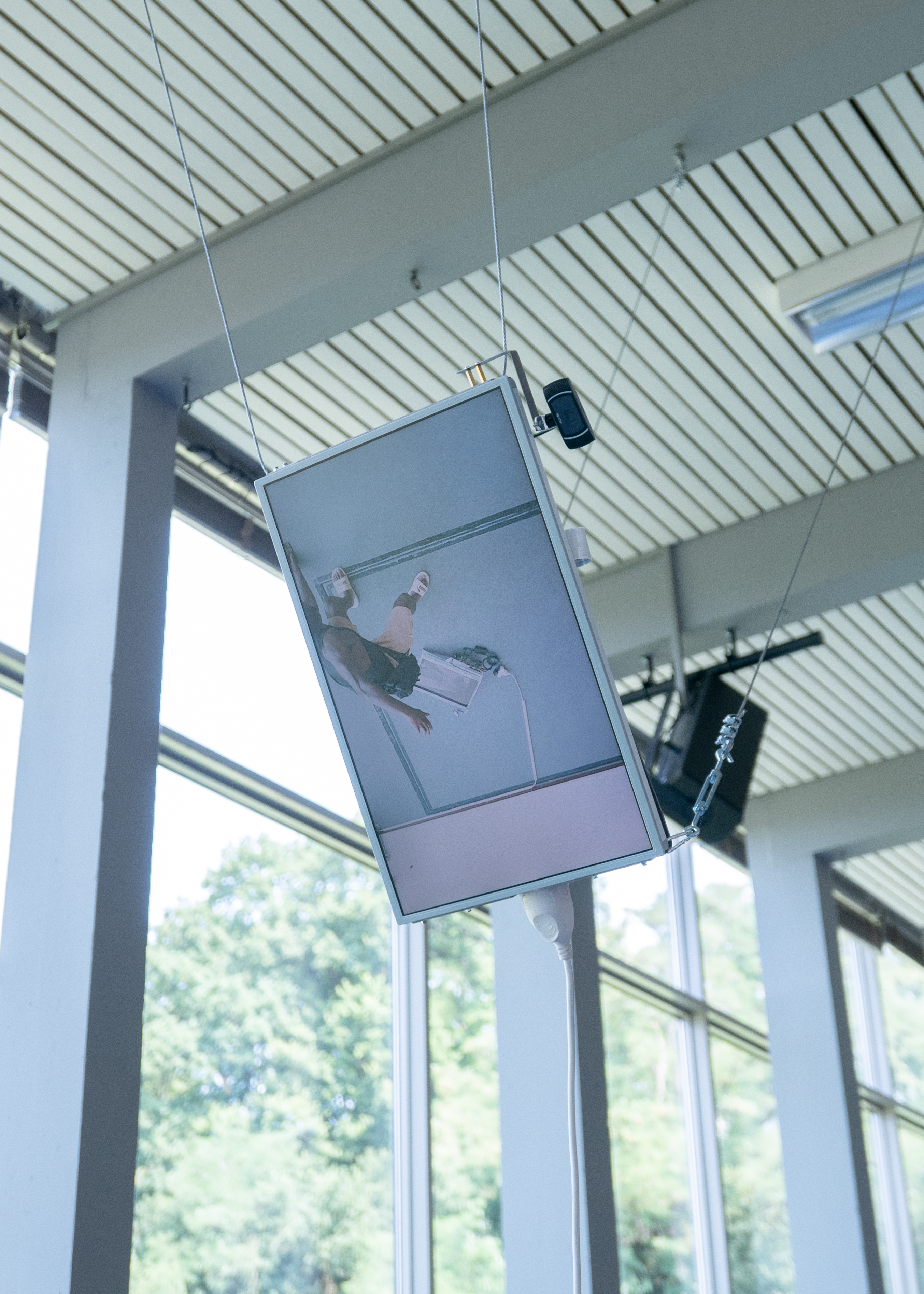

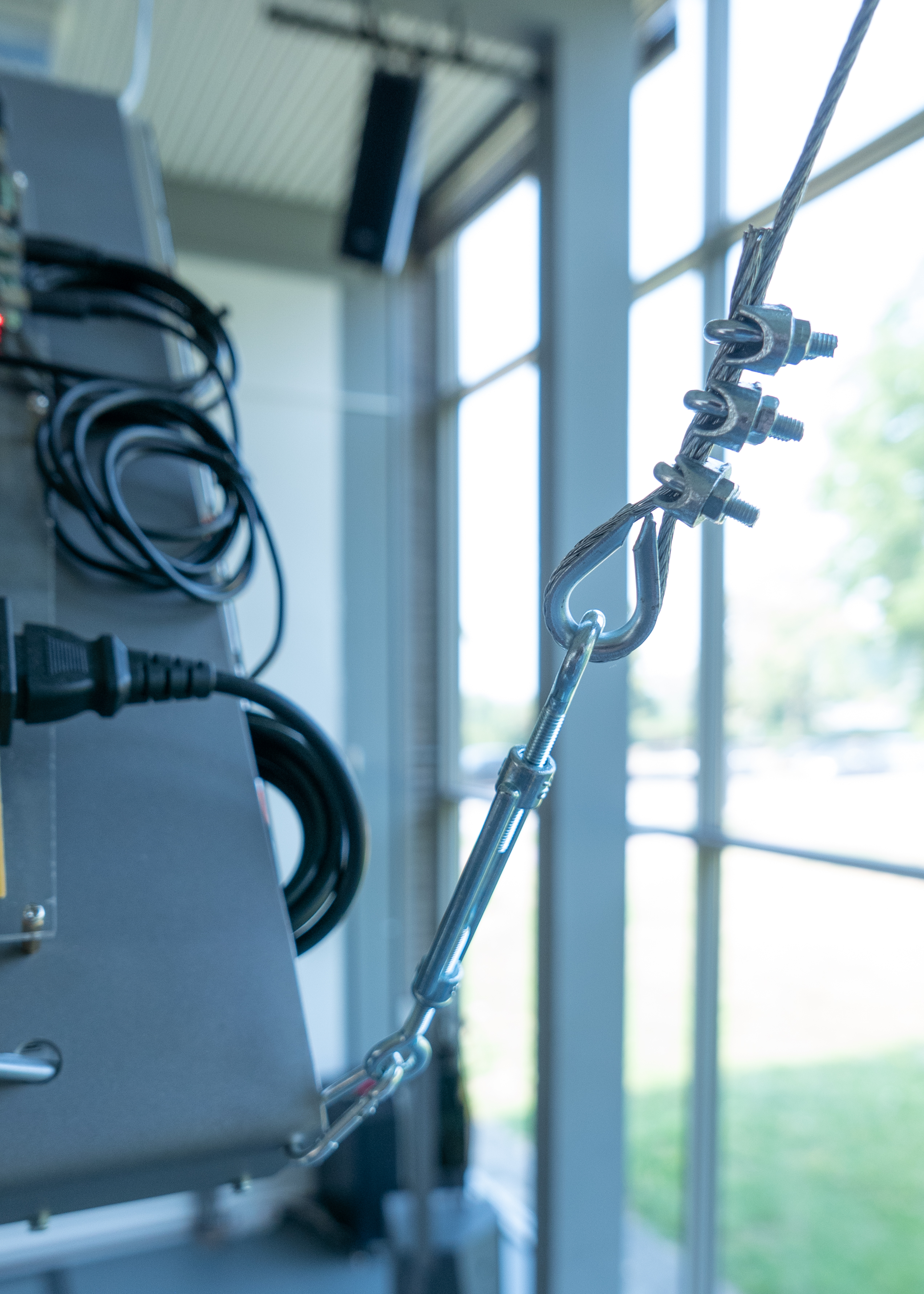
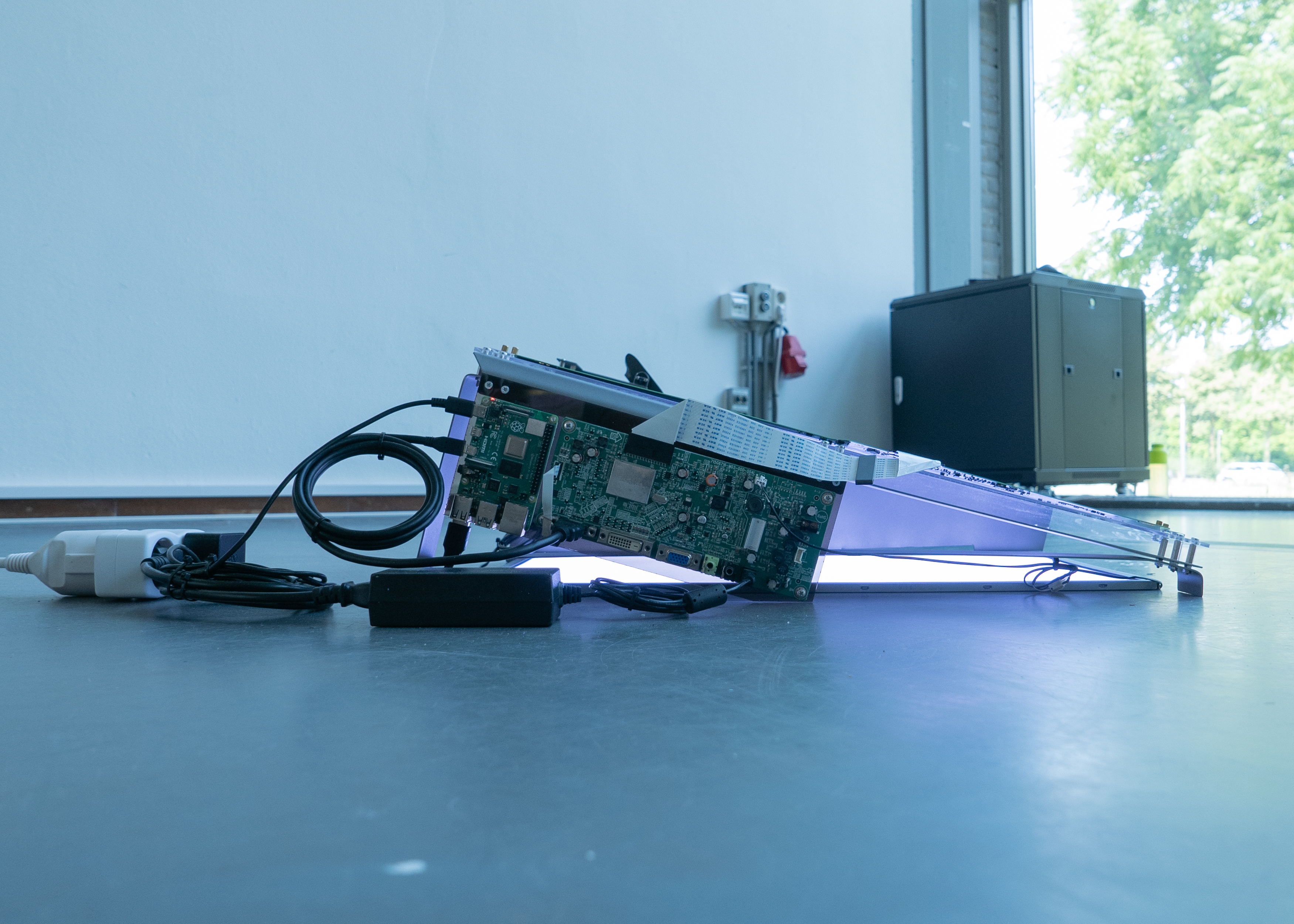
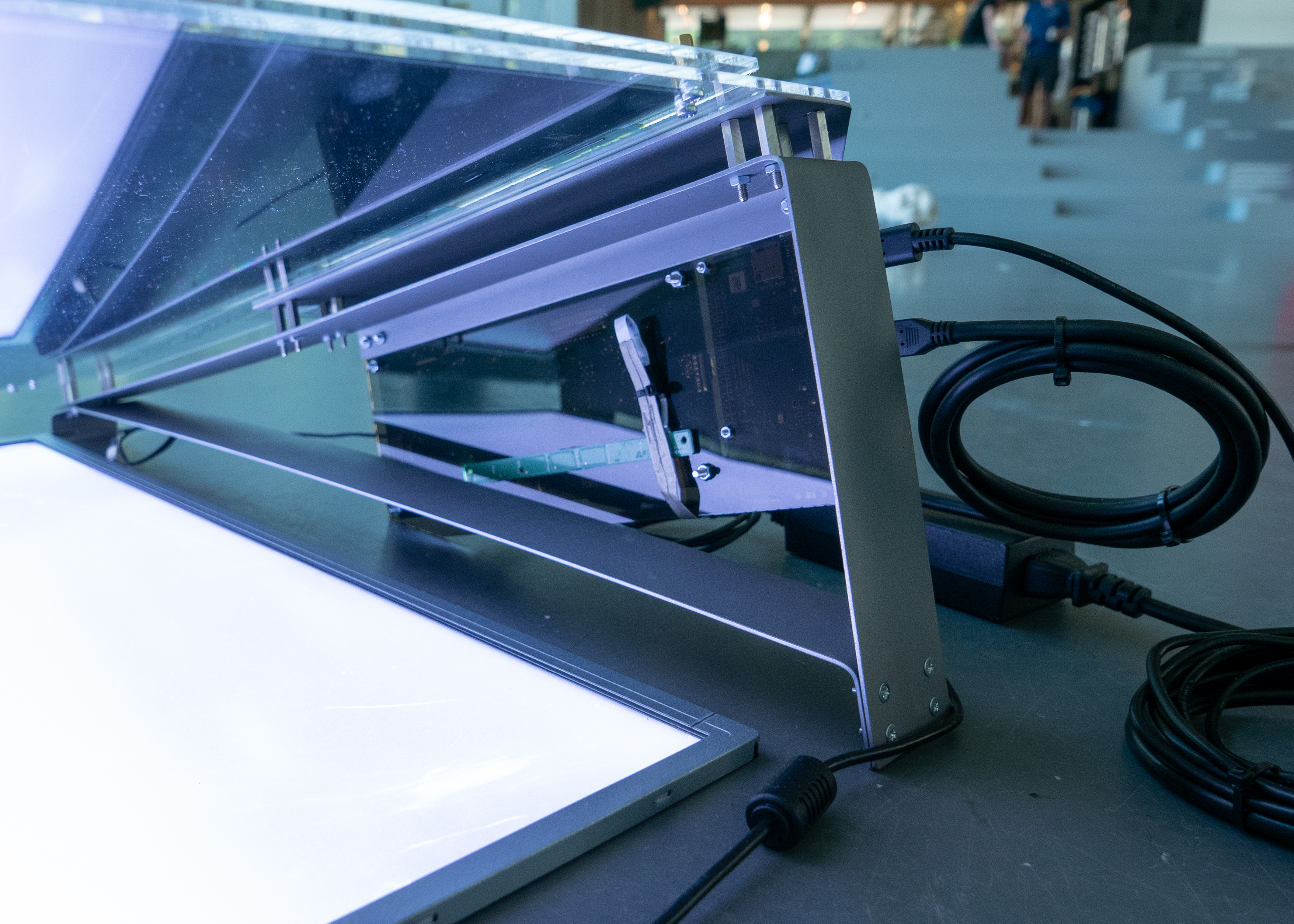
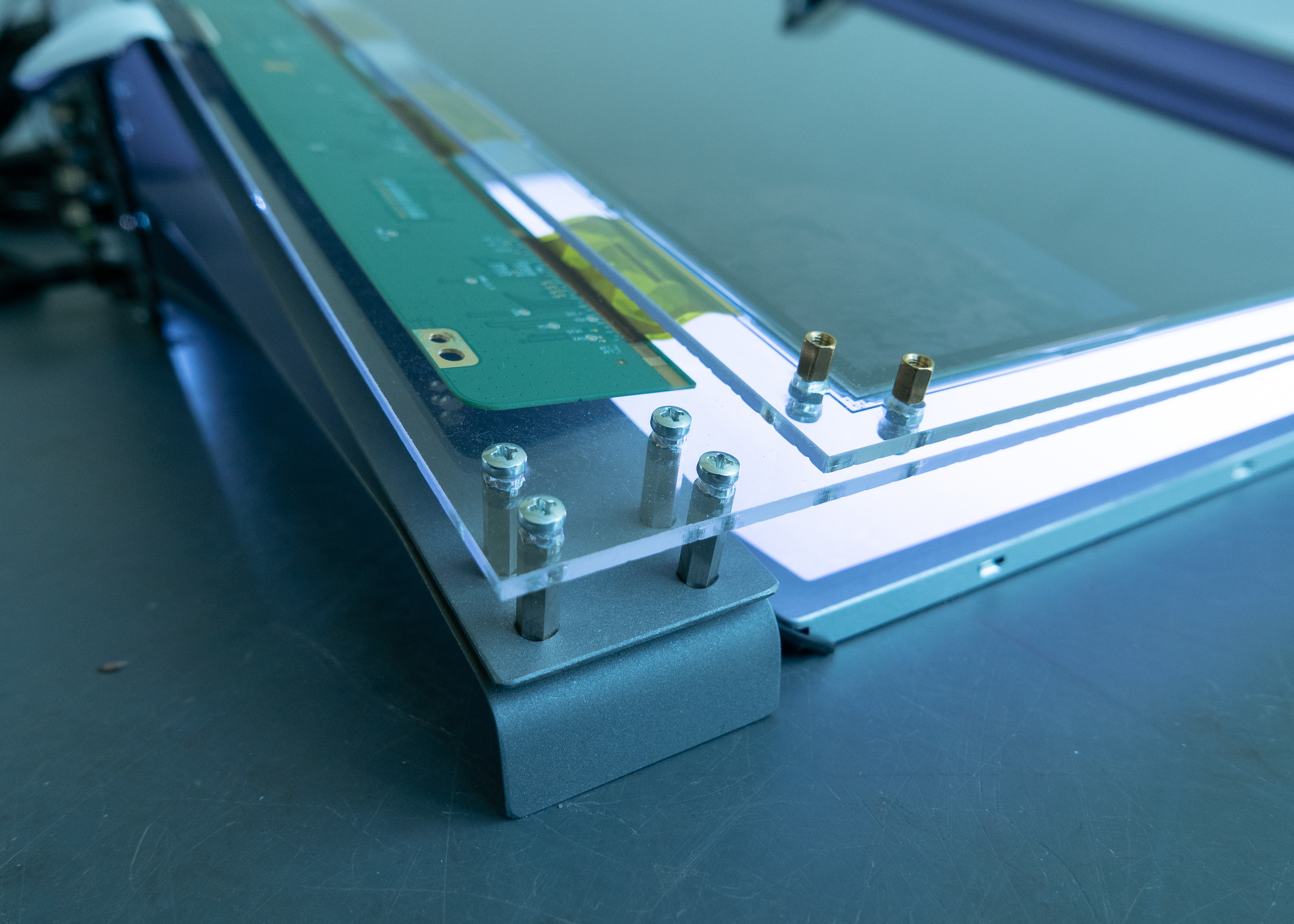
2023
∵ PROJECT
Concept, Design, Execution: K.Chen
Head of Department: Maaike van Neck
Coordinator: Patricia Bosveld
Supervisor: Donna Verheijden, Jeremy Jansen, Joris Maltha, Monika Gruzite, Remco van Bladel
Special Thanks: Annegien Schilling, Benjamin McMillan, Jonas Riemersma, PW Chang, TK Liao, Uus Offerhaus,
Weiquarter, Yaya Huang
Mental Support: CF Tsay, Kasper Quaink, Mama Chen
∵ INSTALLATION
Technical Support: Doeke Wartena, Kiloyd, Wumou
Workshop Consult: Bart Bekker, John William Gelsing, Wily van Haren, Wouter Roemaat, Yaya Huang
Concept, Design, Execution: K.Chen
Head of Department: Maaike van Neck
Coordinator: Patricia Bosveld
Supervisor: Donna Verheijden, Jeremy Jansen, Joris Maltha, Monika Gruzite, Remco van Bladel
Special Thanks: Annegien Schilling, Benjamin McMillan, Jonas Riemersma, PW Chang, TK Liao, Uus Offerhaus, Weiquarter, Yaya Huang
Mental Support: CF Tsay, Kasper Quaink, Mama Chen
∵ INSTALLATION
Technical Support: Doeke Wartena, Kiloyd, Wumou
Workshop Consult: Bart Bekker, John William Gelsing, Wily van Haren, Wouter Roemaat, Yaya Huang
If You Stand Far Away Enough, You Can Still See the Dinosaurs.
The universe that surrounds us is vast, and we are so very small. When we reflect on the vastness of the
universe, our humdrum cosmic location, and the inevitable future demise of humanity, our lives can seem
utterly insignificant.[1]
As humans, our being is considered ephemeral. Whether it is you, me, or our loved ones, within a short span of
70 to 100 years we will come to die, be cremated or buried, and eventually dissolve into the dust of nature.
Compared to the cosmos, the life of human beings is merely a flicker.
Despite the inevitable fading of the physical body, does our existence dissipate at the time of death? In the
present, we observe the light emitted by stars light-years away through space telescopes, light that has
travelled through the universe for tens of thousands of years before coalescing into an image. If you stand on
a star 66 million light-years away and look back at Earth, you can still see the dinosaurs. Our existence is
frozen in photons, radiating towards the infinity of the cosmos.
This work encompassing 3 installations explores how our existence relates to time and space:
In an empty space, 3 webcams are connected to separate monitors. The 1st camera points to an open space,
recording the behaviour of the audience. Its feed is broadcasted to a monitor to which, the 2nd camera is
pointed. Recursively, the 3rd camera records the footage that the 2nd broadcasts to a monitor, and projects it
to another screen.
The three monitors have been modified individually; one transparent, one semi-transparent, and one a regular
screen. Each displaying the delayed stream from the webcam it’s connected to, through which the audience gazes
into different timelines of themselves that have been captured by the webcam. These three views, represent
intermediate fragments of a sight of Earth from a distant star. The images of the audience’s near past frozen
in the photons, like those projected from the star, an irrefutable proof of their existence.
[1] Guy Kahane. Our Cosmic Insignificance. Nous. 2014 Dec 1;48(4):745-772. doi: 10.1111/nous.12030. PMID:
25729095; PMCID: PMC4340547.
The universe that surrounds us is vast, and we are so very small. When we reflect on the vastness of the universe, our humdrum cosmic location, and the inevitable future demise of humanity, our lives can seem utterly insignificant.[1]
As humans, our being is considered ephemeral. Whether it is you, me, or our loved ones, within a short span of 70 to 100 years we will come to die, be cremated or buried, and eventually dissolve into the dust of nature. Compared to the cosmos, the life of human beings is merely a flicker.
Despite the inevitable fading of the physical body, does our existence dissipate at the time of death? In the present, we observe the light emitted by stars light-years away through space telescopes, light that has travelled through the universe for tens of thousands of years before coalescing into an image. If you stand on a star 66 million light-years away and look back at Earth, you can still see the dinosaurs. Our existence is frozen in photons, radiating towards the infinity of the cosmos.
This work encompassing 3 installations explores how our existence relates to time and space:
In an empty space, 3 webcams are connected to separate monitors. The 1st camera points to an open space, recording the behaviour of the audience. Its feed is broadcasted to a monitor to which, the 2nd camera is pointed. Recursively, the 3rd camera records the footage that the 2nd broadcasts to a monitor, and projects it to another screen.
The three monitors have been modified individually; one transparent, one semi-transparent, and one a regular screen. Each displaying the delayed stream from the webcam it’s connected to, through which the audience gazes into different timelines of themselves that have been captured by the webcam. These three views, represent intermediate fragments of a sight of Earth from a distant star. The images of the audience’s near past frozen in the photons, like those projected from the star, an irrefutable proof of their existence.
[1] Guy Kahane. Our Cosmic Insignificance. Nous. 2014 Dec 1;48(4):745-772. doi: 10.1111/nous.12030. PMID: 25729095; PMCID: PMC4340547.